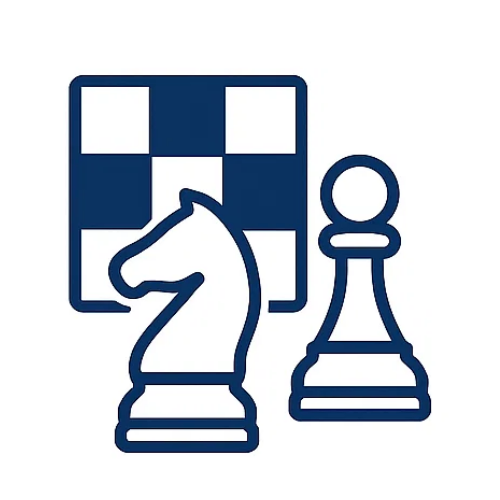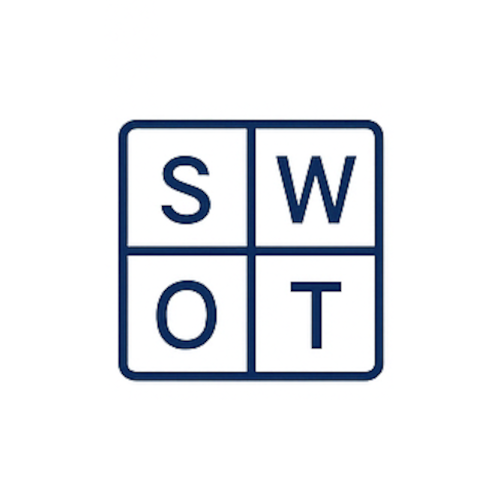Thesis
Why do OKRs frequently fail? OKRs promise goal alignment. But when implemented in isolation, they often lead to fragmented execution, reinforced silos, and delayed recognition of interdependencies — a silent killer of cross-functional outcomes.There is a systemic design flaw in how organizations misuse the framework: namely the disconnect between goal alignment and executional coherence across…
The Good
- OKRs give teams clarity of intent.
- Encourage ambitious, measurable outcomes.
- Enable focus and prioritization — in theory.
The Bad
- Initiatives (the actual work) are often detached from OKRs, or loosely tracked.
- There’s little guidance on how to get from key result to delivered impact.
- Teams spend time debating semantics of OKRs rather than how to execute them.
The Disaster
- Teams define OKRs in silos, locking in departmental goals before identifying cross-functional dependencies.
- The result: Teams are “aligned” on paper, but in reality, they’re rowing in different directions — at best parallel, at worst counterproductive.
- Collaboration becomes an afterthought. Effort coordination? Too little, too late.
Why do OKRs fail in so many organizations?
The OKR (Objectives and Key Results) framework is a step in the right direction. It promises clarity of intent, ambition, measurable outcomes, and sharper focus. In theory, at least.
But hidden within the OKR model—barely acknowledged in the name—is a crucial element: initiatives. These are the concrete actions that actually deliver the results. Yet in most implementations, initiatives are an afterthought, a second-class citizen.
But as we all know, vision without execution is hallucination. And as with most things, the devil is in the details.
Outcomes Without Execution Are Empty
In many organizations, OKRs are set in a vacuum. Teams invent ambitious Key Results with little grounding in how to achieve them:
- “Reduce IT costs by 75% in 3 days.”
- “Improve app performance by 200% in a week.”
Nice ideas—if they were achievable. But even if they are, can they be achieved in isolation? One department’s cost-cutting often conflicts with another’s need for investment. Execution doesn’t happen in a silo, so strategy shouldn’t either.
This gets to the core of what makes objectives SMART: Specific, Measurable, Achievable, Relevant, and Time-bound. Most teams can check off the “S” and “M” easily. But “A” and “T” require a real understanding of how the work will get done.
If you don’t know the initiative that will deliver the outcome, how can you know it’s achievable—or know how long it will take?
75% Complete Isn’t a Win
At Sengi, we’ve worked with countless organizations that treat OKRs as aspirational to-do lists. When outcomes fall short, the prevailing logic is: “Well, we got 75% of the way there—that’s still a win, right?”
But that’s flawed reasoning. If you’re driving to the airport to catch a flight, making it 75% of the way doesn’t count as a win. You miss the flight.
The same logic applies to business. 75% completion is often a loss, not a win.
Let’s Look at the Numbers
Imagine your app performance initiative is projected to increase revenue by €100,000 per month. To get there, you invest €200,000 up front, and commit to an ongoing operational cost of €75,000 per month.
- That means you’re expecting €25,000 in net monthly profit.
- The investment pays for itself in 8 months.
But if you only deliver 75% of the expected outcome, your revenue bump is just €75,000/month—exactly matching your added operational costs. There’s no profit, and the initial €200,000 is never recovered.
Instead of gaining €25,000/month in profit, you’re left with a €200,000 loss.
It’s a stark contrast—and a cautionary tale.
Execution Is Strategy
The lesson is clear: execution matters. Setting ambitious goals is meaningless if there’s no clear plan to deliver them.
At Sengi, we recommend a shift: treat initiatives as first-class citizens in your planning process. Align OKRs within a broader strategic execution framework, where every objective is contextualized by the initiatives designed to deliver it.
This allows for a clear understanding of:
- Cross-functional dependencies,
- Risks and resource needs,
- Timelines and budgets,
- And ultimately: ROI.
Because in real organizations, execution is what turns strategy into outcomes. And initiatives are where execution lives.
In closing
OKRs are not enough. Without initiative mapping, visibility across departments, and integrated planning, you don’t get strategic execution — you get chaos disguised as alignment.
It’s one of the many reasons why we designed Sengi the way we did — to help orgs bridge the gap between strategy and execution, before it becomes a quarterly post-mortem.
Let’s stop confusing ambition with alignment — and start building plans that actually deliver.













